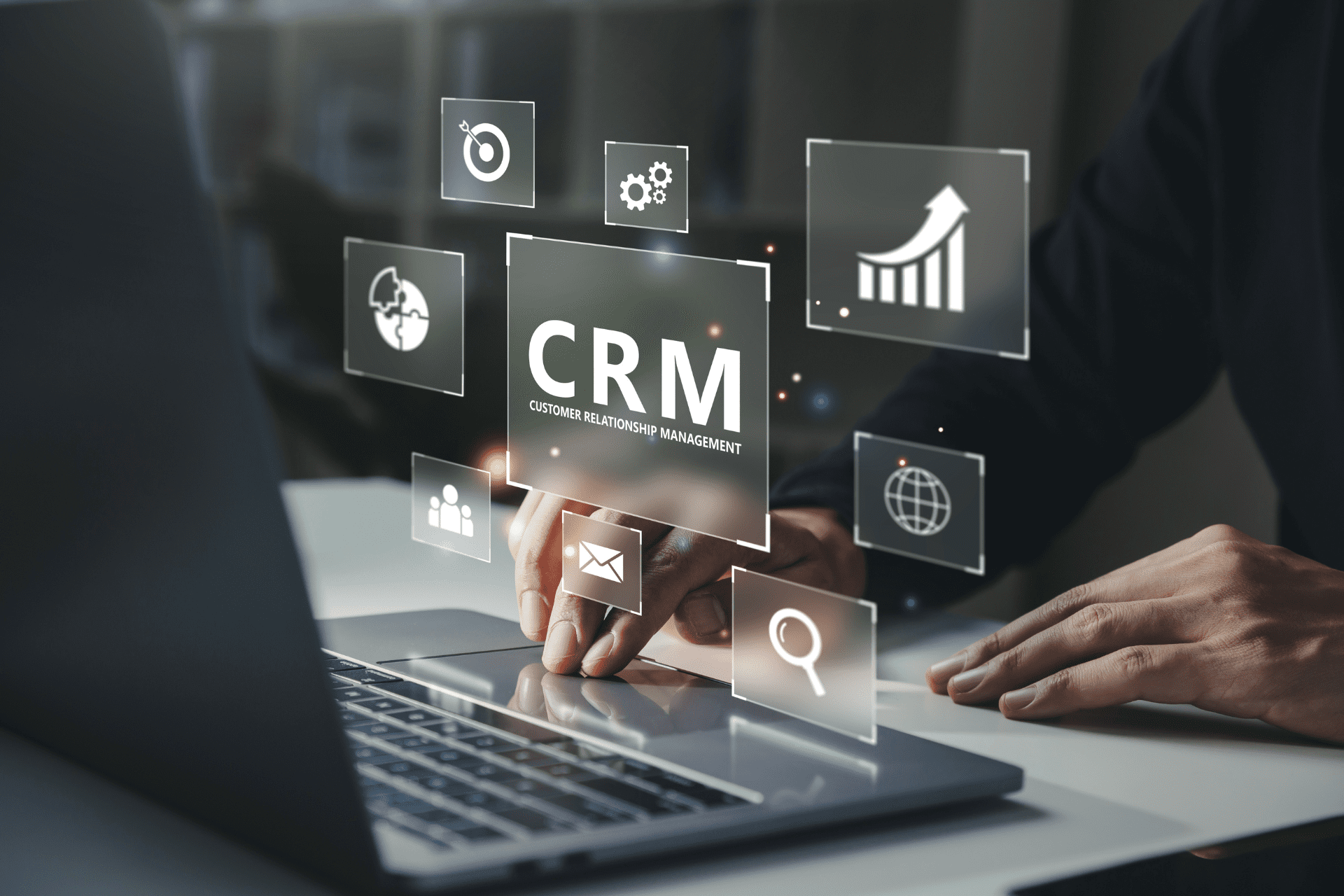Share
Read also

Trends & Views
Digital transformation strategies

Business Software
CRM 2025 market: Response to increasing customer demands

Business Software
Understanding the ERP lifecycle management

Mobility
How is EM shaping the way SMBs operate?
Demand forecasting is a constant challenge for supply chain managers everywhere. Customers often have a vague idea of what they will want in the future. Many businesses also have short production cycle times for products. There are many reasons why forecasting can cause headaches, from fluctuating demand to unreliable supplier schedules.
Each previous order should be stored in the ERP. All data, including customer name, inventory management, order date, requested delivery date, actual delivery date and more, is there waiting to be analyzed. There are many mathematical models for demand forecasting to choose from, and chances are that the data of your supply chain, and your orders will fit one of them with a reasonable degree of accuracy.
You can use models that come with the ERP or extend the functionality of your system with add-ons. ERP demand forecasting tools for optimizing inventory are readily available. Demand forecasting models are also available from third-party providers, and although they can be interesting options, they can often be more expensive.
Another ERP tool that can help in demand forecasting is the CRM module. Ask your customers directly what products and quantity they expect to order. If you have a good relationship with them, they may be willing to share their own forecasting data with you. Set up your CRM to poll customers at frequent intervals and track their responses. Check the responses as a statistical time series of data, just like your actual shipments.
Marketing can also contribute to your forecasting. It will know if a special promotion is planned and should feed this data into your sales ERP module. Marketing will also be aware of the external factors that can affect a demand forecast.
Best practices for demand planning and ERP integration include integrating marketing information along with supply chain and CRM data for a holistic approach.
Your ERP will generate a carefully developed forecast of requirements, which can be used to update your supply chain. Look at the stock-keeping unit (SKU) forecasting and place items into product families. Use this technique with the above suggestions and you may find that, although predicting a specific item is difficult, predicting a family of products is feasible and valuable, as it should have many similar items coming from your supply chain. Identify the other products you need, and you may find that some of them are low cost, which means you can store a large quantity at low cost.







